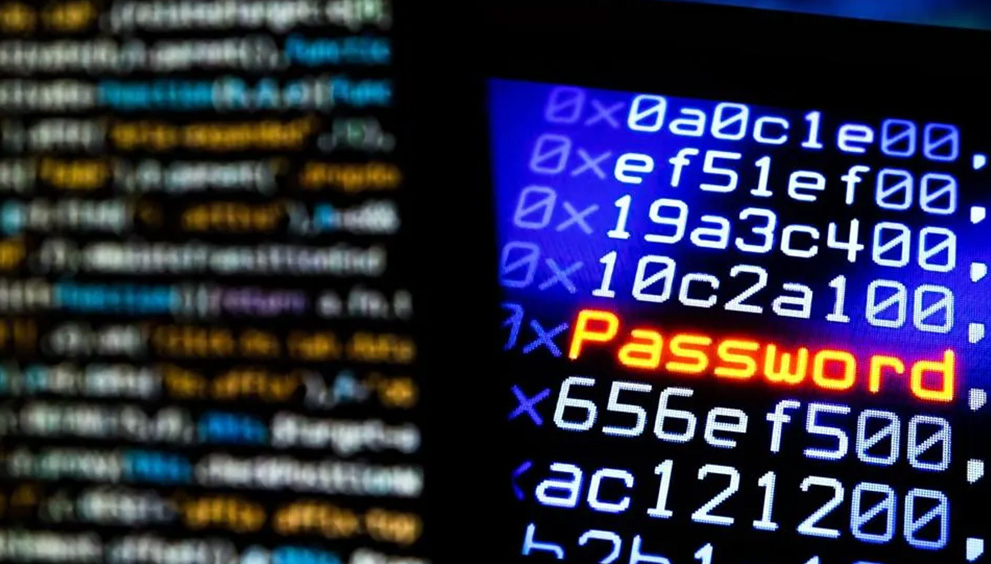by LENEL.S2
With the rise in threats, keeping physical assets, data and your employees safe is top-of-mind for today’s business owners. As a result, organizations are prioritizing their physical security systems to ensure the security and safety of staff of physical assets and of proprietary information.
In this guide, we will discuss the many threats to your business and how physical security solutions can help protect you. From access control systems to video surveillance and analytics we will cover all the latest and most effective security measures. Don’t leave your business vulnerable to attack; make sure you have the right physical security protections in place.
What Is Physical Security? Physical security measures can include a combination of access control locks, alarms, surveillance cameras, lighting systems and other security measures. It’s important for businesses because advanced security can protect
businesses from financial losses due to theft, misuse, or vandalism, as well as potential damage to your reputation. It also helps ensure that employees are safe and secure at work.
Why is Physical Security Important?
Physical security creates a safe environment and allows for businesses to see hazards and threats before they happen either accidentally or incidentally. It keeps people, property, and information safe from unauthorized physical access.
Physical security is critical for businesses because it helps protect against unauthorized entry into the premises and prevents theft or vandalism. Having a comprehensive physical security system in place also ensures that employees feel safe at work.
What Are Physical Security Risks?
Physical security risks are any dangers that could potentially be a threat to your business, such as unauthorized access, theft, vandalism, or intrusion. They can come from both external sources, such as those attempting to steal intellectual property, trade secrets or physical assets, or internal sources, such as disgruntled employees. The most common physical security threats include:
- Burglary or theft of physical assets
- Theft of intellectual property trade secrets, and confidential data
- Vandalism
- Cyberattacks
- Unauthorized access
- Natural disasters
- Sabotage
- Human error/negligence
These threats can be anywhere, meaning that no business is truly safe from potential attacks until they have the right physical and cyber security measures in place. That’s why it’s so important to be aware of the potential risks and steps you can take to protect your business.
An Overview of Physical Security Control
There are a handful of physical security controls that organizations can implement in their buildings. Some of the most common include the following:
Access Control
This type of security is broader, including the various ways to keep a building secure such as video surveillance, visitor management, intrusion alarms, and other tools that help provide complete situational awareness throughout buildings.
Video Surveillance
This type of security system can be monitored remotely or onsite and includes cameras, DVRs, and NVRs. A video surveillance management system is used to monitor points of entry and prevent unauthorized access.
Mobile Credentialing
This type of security system uses smartphones and other mobile devices as credentials for entry into restricted areas. It eliminates the need for physical keys or cards, making it easier for businesses to manage access control. It also makes it very easy for administrators to grant or revoke access as needed.
Physical Barriers
This type of physical security includes fences, gates, or walls that are used to create a secure perimeter and deter intruders and those with malicious intent.
Keyless Entry
This type of access control uses digital locks that are operated using a code, key card or smartphone. Keyless entry eliminates the need for physical keys and makes it easier for businesses to manage access control.
Intrusion Detection
This type of physical security includes motion sensors, contact sensors, and other devices that alert you to the presence of an intruder.
Emergency Response
This type of physical security includes alarm systems and panic buttons that alert the authorities in the event of an emergency. In addition, it includes tools for command center operations to provide true situational awareness for near real-time response.
Visitor Management
This type of physical security allows businesses to grant temporary access to visitors, track visitors and ensure that only authorized personnel have access to certain areas. These are just some examples of the different types of physical security solutions available. As technology advances, new solutions are constantly emerging to help businesses keep their premises safe and secure.
As technology advances, new types of physical security control are constantly emerging to help businesses keep their premises safe and secure. Along with that, requirements over time change as well.
read more at https://www.lenels2.com/en/news/insights/the-ultimate-guide-to-physical-security.html





















